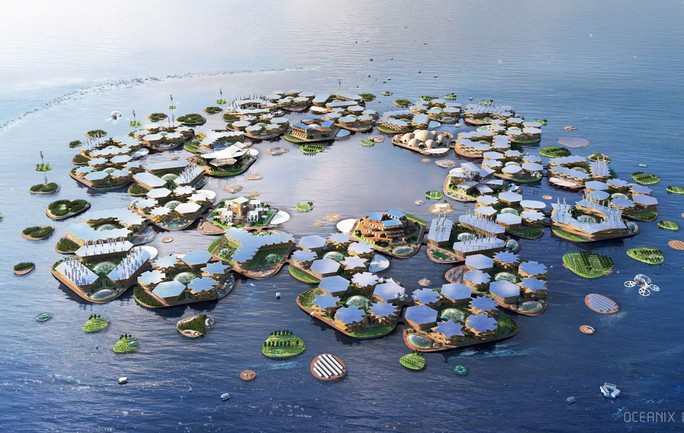Sad City: Exploring the Future of Humanity
The concept of a “Sad City” delves into the potential future of humanity, where urban environments become increasingly disconnected, impersonal, and emotionally isolating. As urbanization continues to accelerate, it is crucial to examine the potential consequences and explore ways to create more emotionally fulfilling cities.
One of the defining characteristics of a Sad City is the prevalence of social isolation and alienation. In these cities, individuals may find themselves surrounded by a sea of people, yet feel profoundly alone. The hustle and bustle of urban life can create a sense of detachment and disconnection, with people often lacking meaningful social interactions.
In a Sad City, technology can both amplify and alleviate the issue. On one hand, the constant use of screens and digital devices can further isolate individuals, as face-to-face interactions become rarer. On the other hand, technology has the potential to bridge distances and foster connections. Smart city initiatives, for example, can facilitate community engagement and enhance social cohesion.
Moreover, the built environment plays a significant role in shaping emotional well-being. In a Sad City, monotonous architecture, concrete jungles, and lack of green spaces contribute to a sense of emotional desolation. The absence of nature and beauty further exacerbates feelings of sadness and discontentment.
To combat the emergence of Sad Cities, urban planners and architects can adopt various strategies. Firstly, creating vibrant public spaces that encourage social interaction and community engagement is crucial. Parks, plazas, and community centers can serve as meeting points, fostering a sense of belonging and connectedness.
Secondly, incorporating nature into the urban fabric can greatly enhance emotional well-being. Integrating green spaces, urban gardens, and rooftop parks can provide respite from the concrete environment, improve air quality, and promote a sense of calm and tranquility.
Thirdly, designing cities with human-scale architecture and promoting mixed-use developments can create more livable and vibrant environments. By fostering a sense of identity and local character, communities can develop a stronger sense of belonging and pride.
Additionally, prioritizing public transportation, pedestrian-friendly infrastructure, and bike-sharing programs can contribute to a more inclusive and active city. This not only reduces traffic congestion but also encourages physical activity and social interactions.
Finally, it is essential to prioritize mental health services and programs within cities. Establishing accessible mental health clinics, promoting stress-reduction initiatives, and integrating mindfulness and well-being practices into urban life can support the emotional needs of residents.
In conclusion, the emergence of Sad Cities poses significant challenges to the emotional well-being and connectedness of urban dwellers. By prioritizing social cohesion, incorporating nature, fostering human-scale architecture, promoting active transportation, and prioritizing mental health, we can work towards creating happier, more fulfilling cities. Ultimately, the future of humanity lies in building cities that prioritize the emotional well-being and happiness of their inhabitants.
Hits: 3








